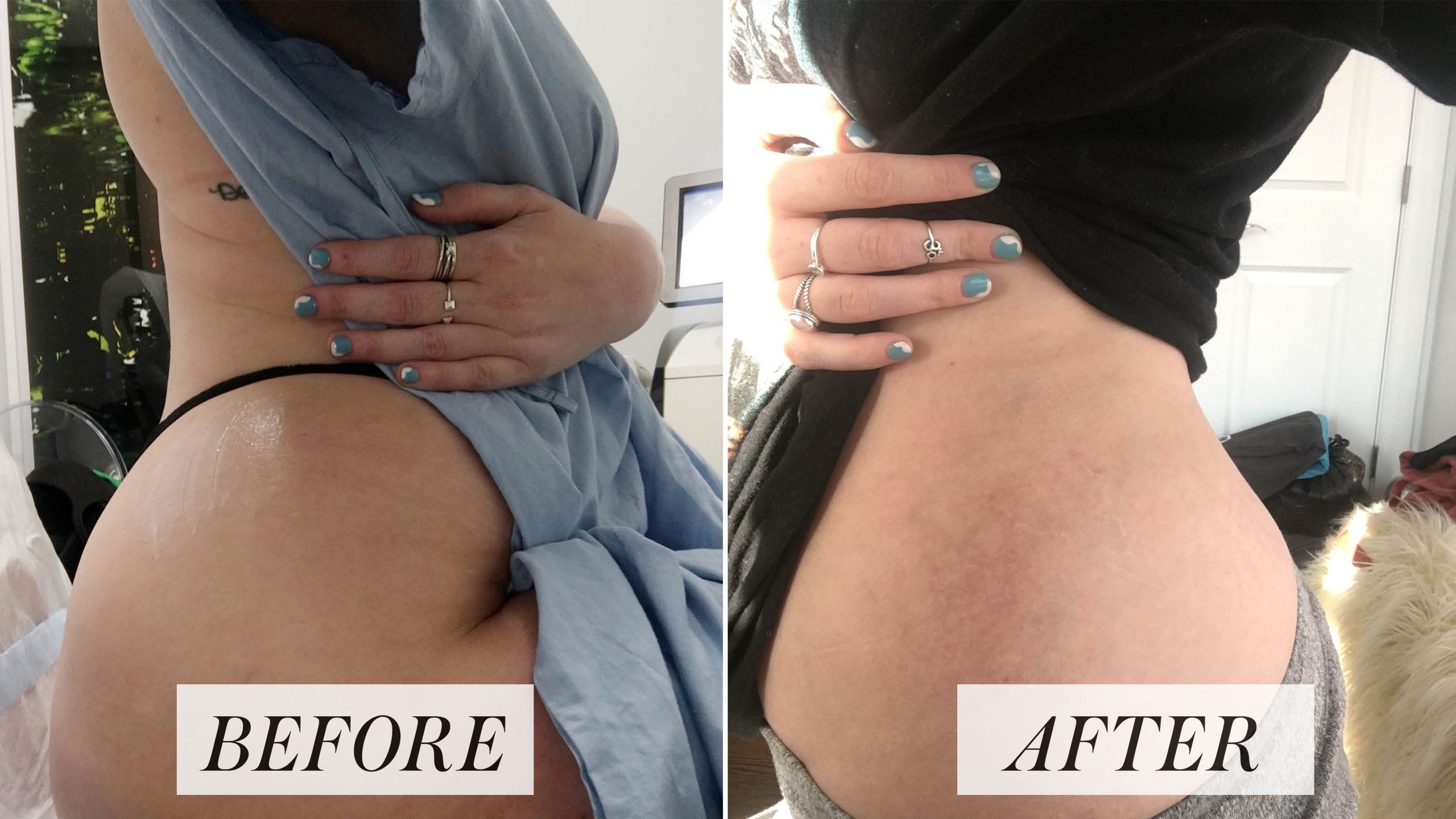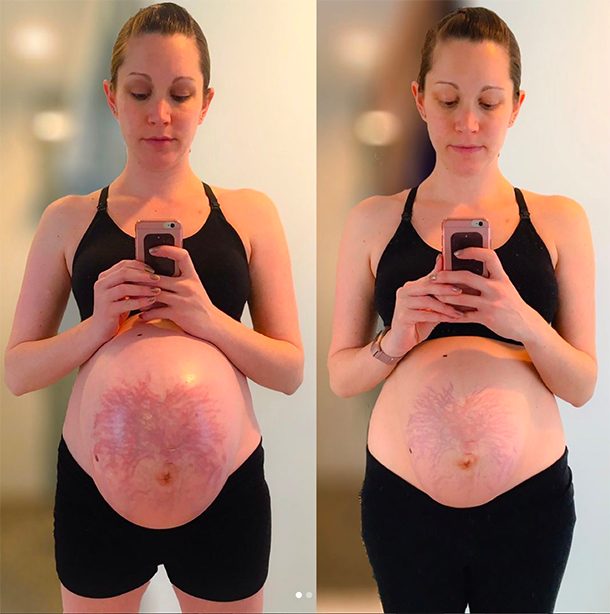The Ultimate Guide: Tattoos to Cover Stretch Marks on Stomach Explained
List of Pertinent Information:
– Getting a tattoo over stretch marks can help conceal them or make them less noticeable.
– Consulting with an experienced tattoo artist who has dealt with tattoos over stretch marks is important.
– The size of the stretch marks can affect the difficulty of covering them with a tattoo.
– The process of getting a tattoo over stretch marks can be more painful, especially with newer stretch marks.
– There are potential risks of infection and the need for touch-ups in the future.
– Proper aftercare is important after getting a tattoo over stretch marks.
– Lotions and healing creams can help improve skin health and potentially reduce the appearance of stretch marks.
– Laser treatments for stretch marks can be costly.
– Tattoo artistry advancements offer cost-effective and stylish ways to cover up stretch marks.
– Benefits of using tattoos to cover stretch marks include enhanced confidence, versatility and customization, long-term solution, and empowerment/personal expression.
– Not all stretch marks take ink the same way.
– Stretch marks form when the skin is damaged by stretching out too quickly.
– Recent stretch marks are usually red or purple in color and can even become itchy.
– As stretch marks age, the skin begins to heal further, resulting in the marks fading to more of a silvery white color.
– Everyone’s skin is different, and not all skin heals or ages stretch marks the same way.
– Freshly formed stretch marks are more sensitive and challenging to work with than older, faded marks.
– Tattooing over scarred or damaged skin can be more painful than tattooing on undamaged skin.
– New stretch marks can form in the same area as a tattoo.
– The level of pain and difficulty of concealing stretch marks with tattoos depend on the age and visibility of the marks.
– Consulting with experienced tattoo artists is recommended.
– Consider factors like design, placement, and aftercare when getting a tattoo to cover stretch marks.
– Researching and choosing a clean shop with proper sterilization procedures is important.
– Discussing the risks and complications with the chosen artist is advised.
– Chronic Ink Tattoo is mentioned as a place to explore tattoo options in the Toronto, Mississauga, Markham, or Kitsilano Vancouver area.

